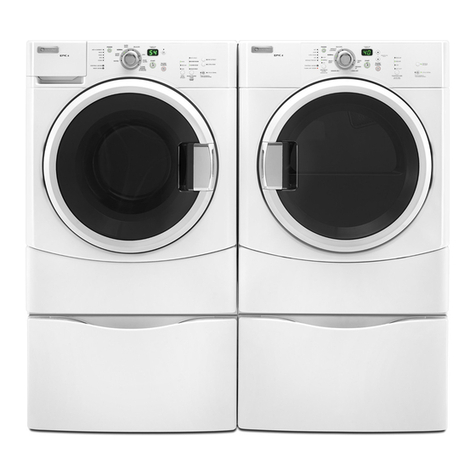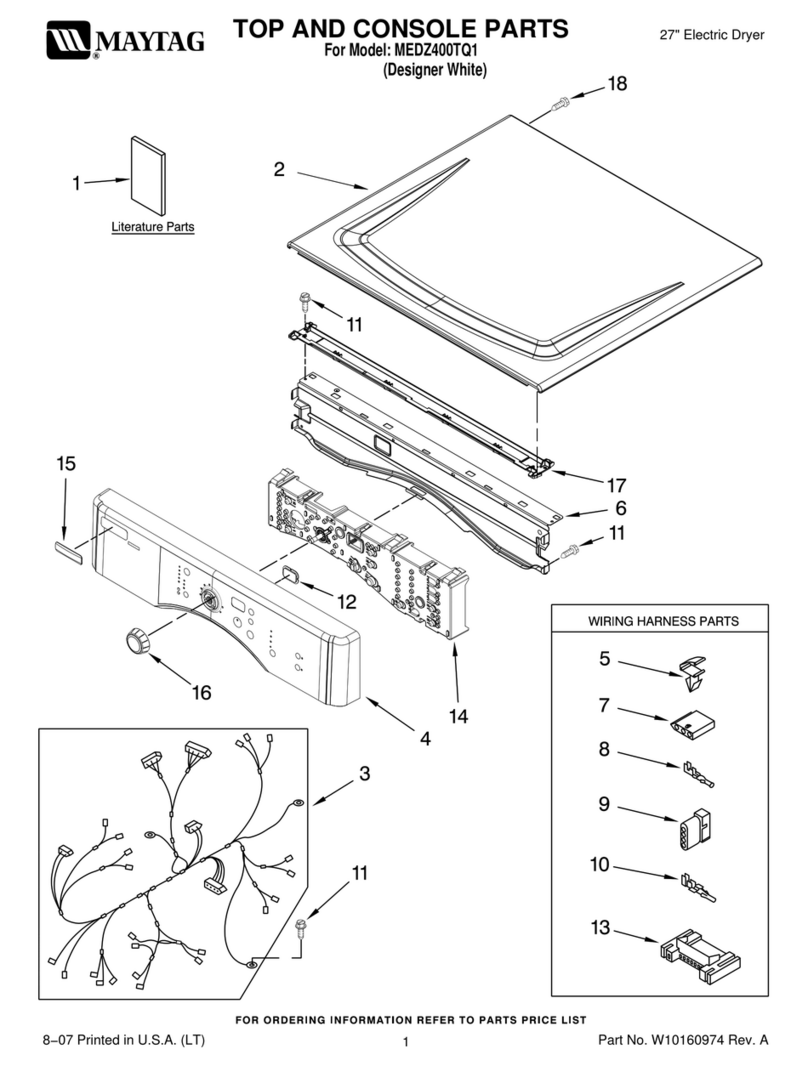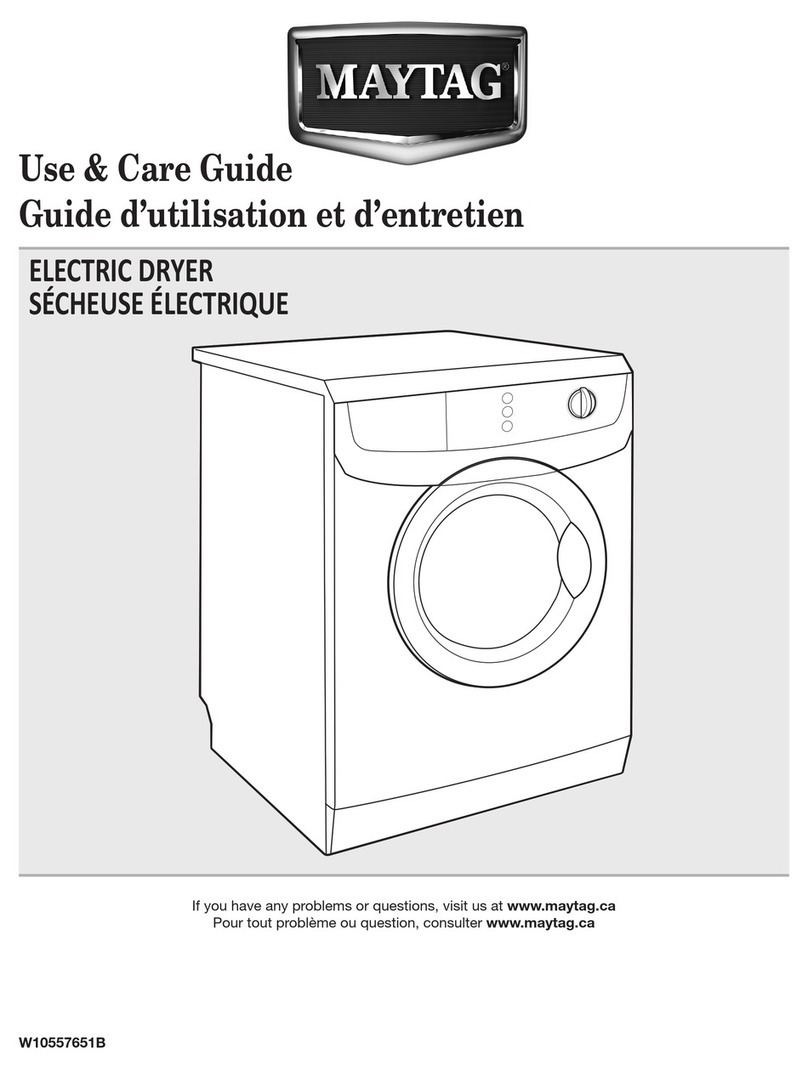Maytag MLG31PCB User manual
Other Maytag Dryer manuals

Maytag
Maytag 3RLGR5437 User manual
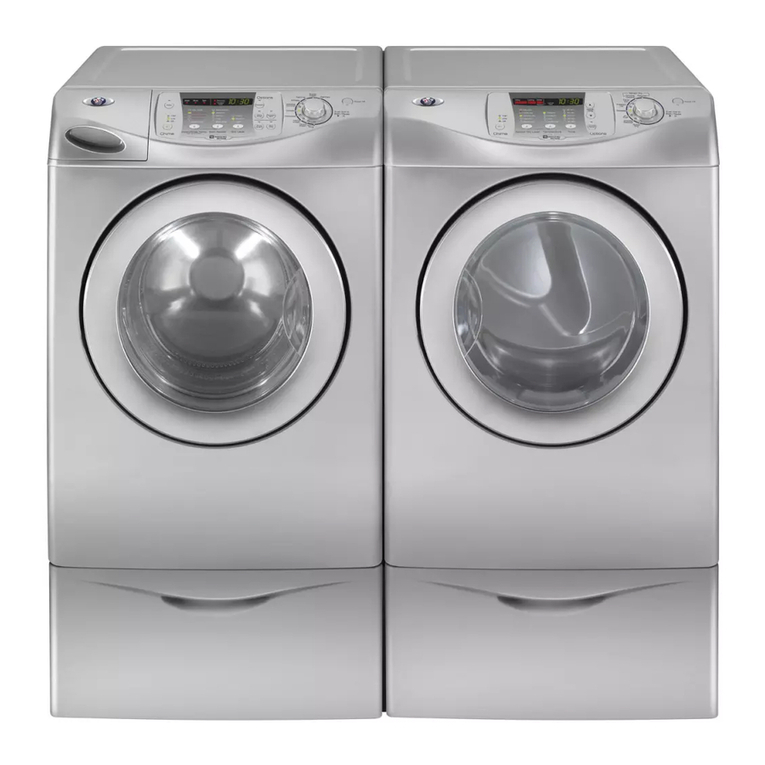
Maytag
Maytag MDG6700AWM User manual

Maytag
Maytag CYE3005AYW User manual

Maytag
Maytag W10155111A User manual
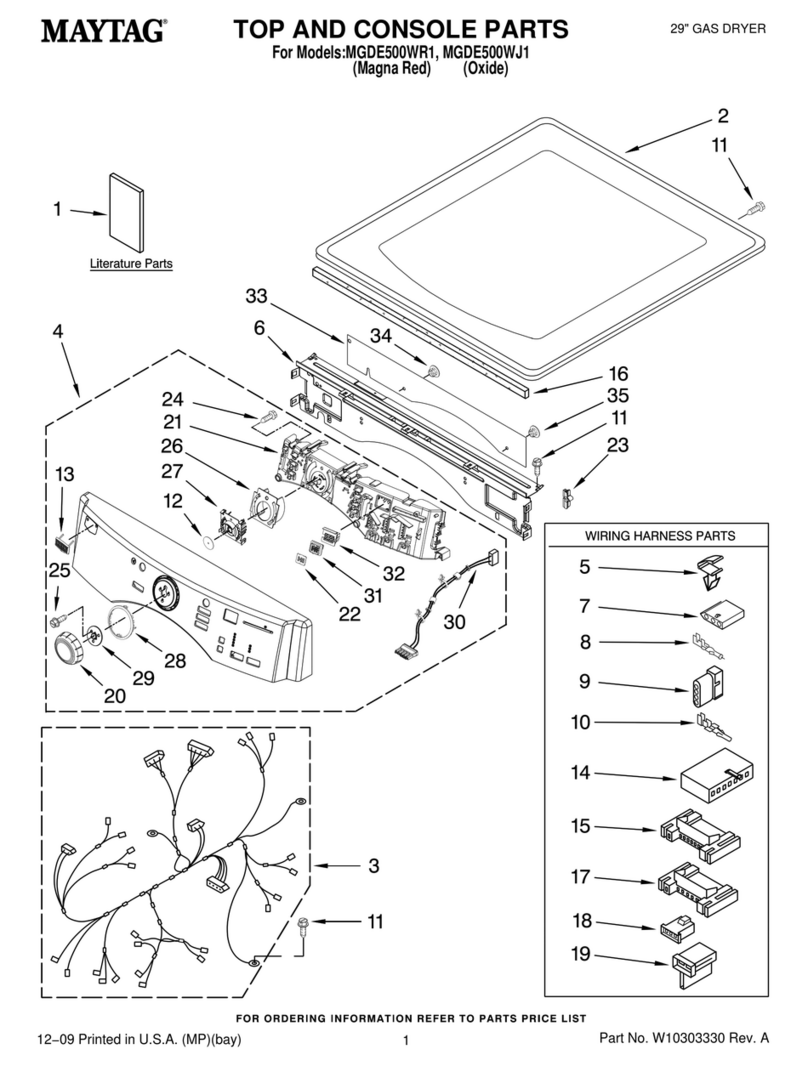
Maytag
Maytag MGDE500WJ1 User manual
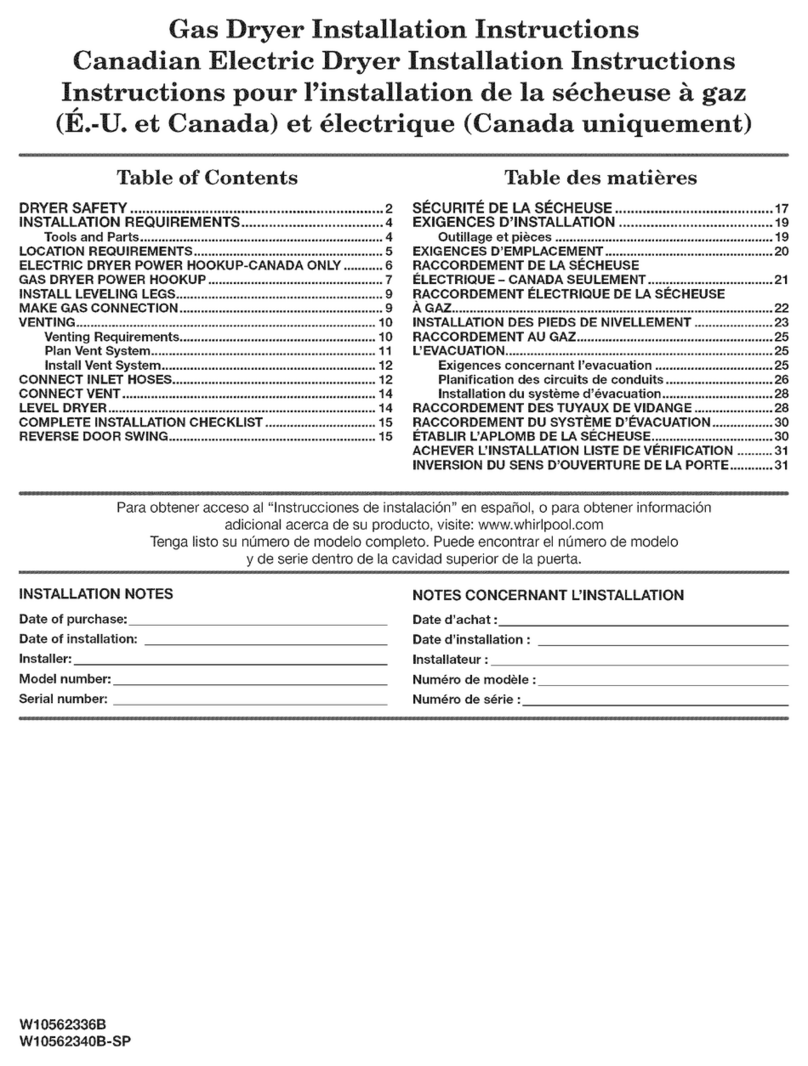
Maytag
Maytag YMEDB725CG0 User manual
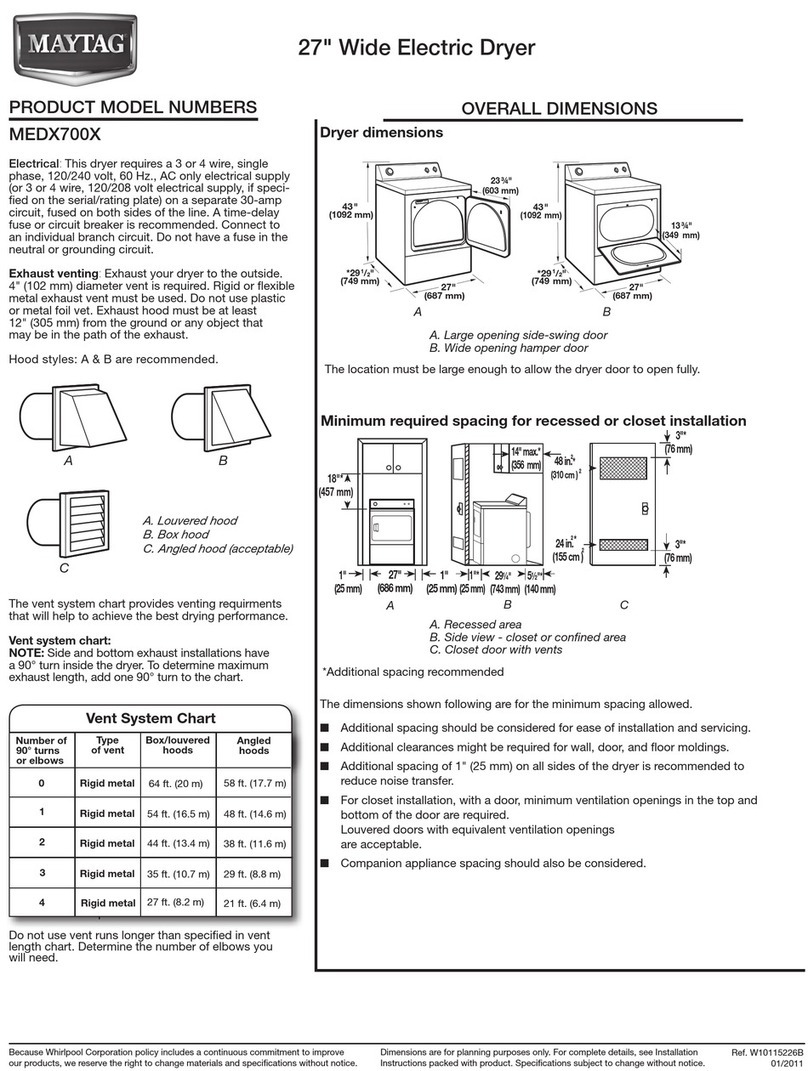
Maytag
Maytag MEDX700X Parts list manual
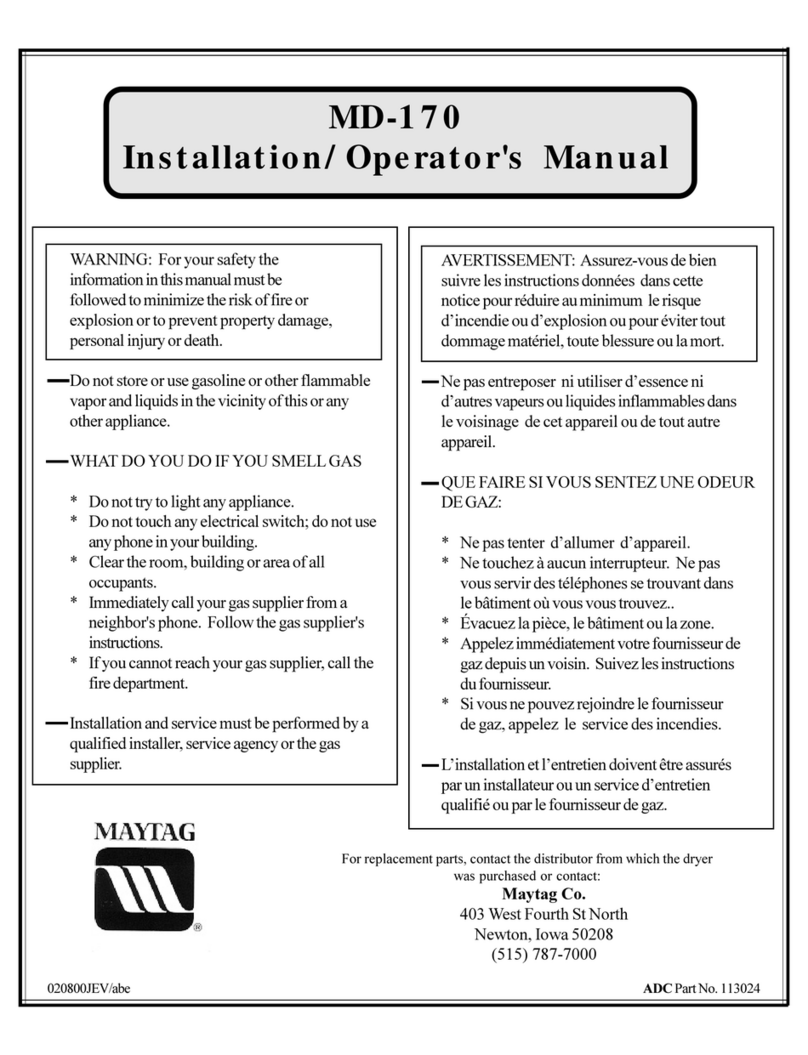
Maytag
Maytag MDG-170 Administrator Guide

Maytag
Maytag MDG28PD User manual
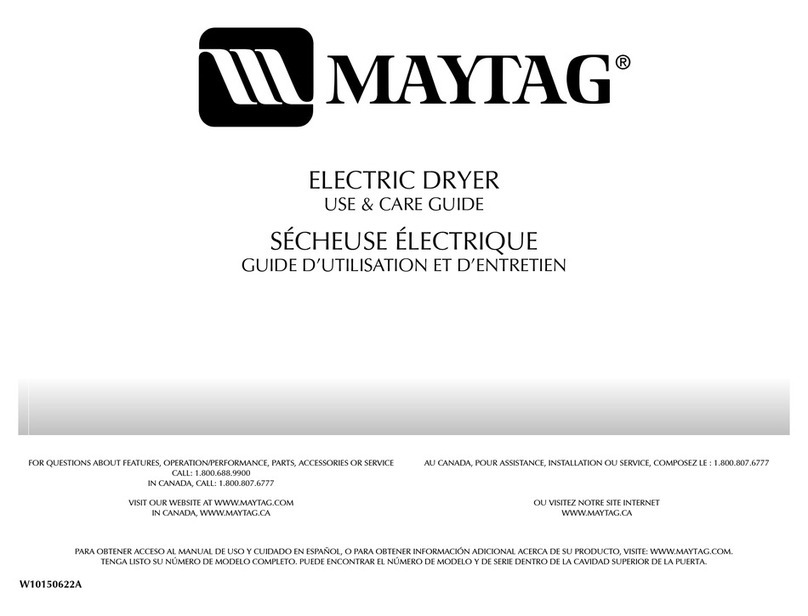
Maytag
Maytag W10150622A User manual

Maytag
Maytag MEDC215EW Installation instructions

Maytag
Maytag MEDB766FW0 User manual
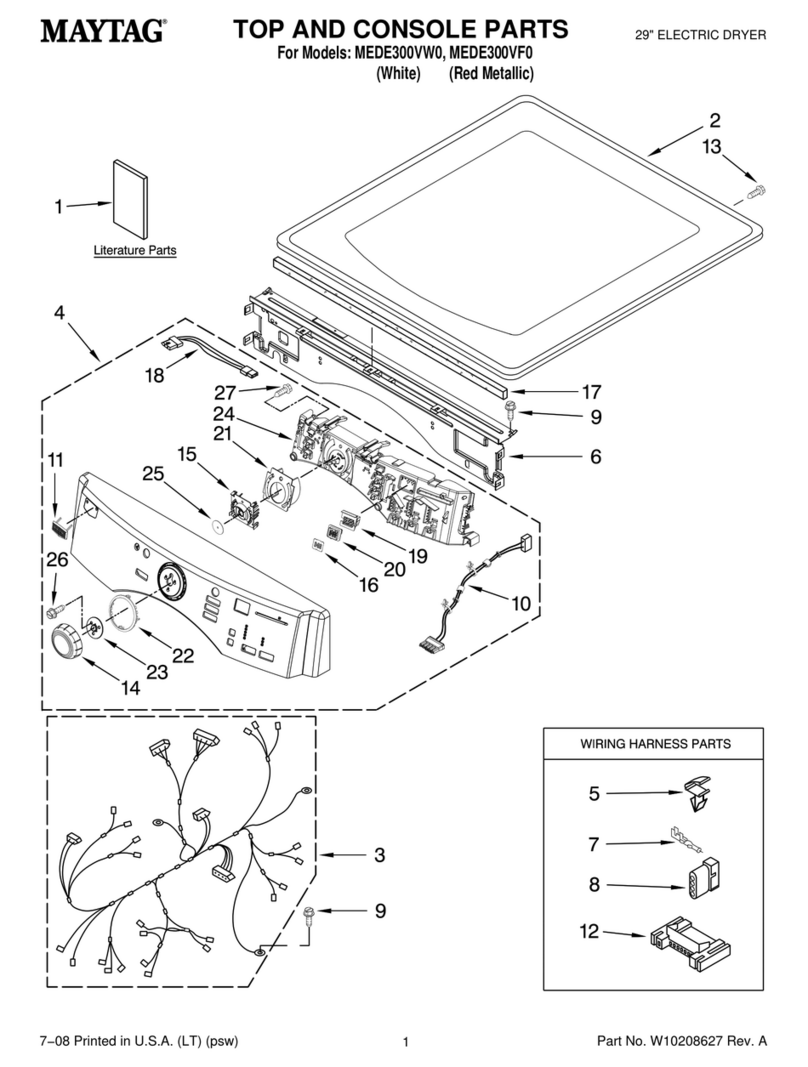
Maytag
Maytag MEDE300VF0 User manual

Maytag
Maytag MED6400TQ0 User manual
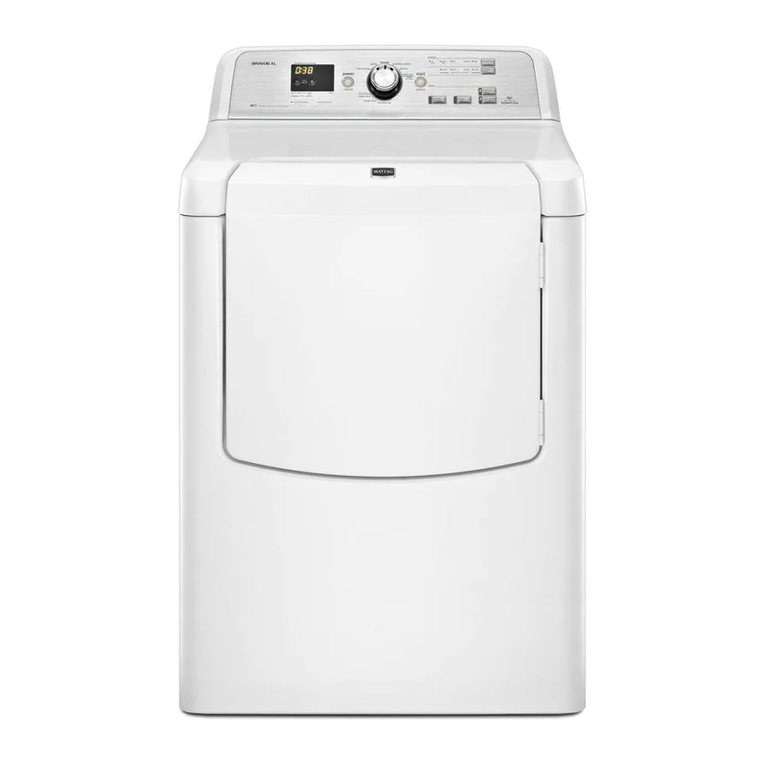
Maytag
Maytag MEDB700BW User manual
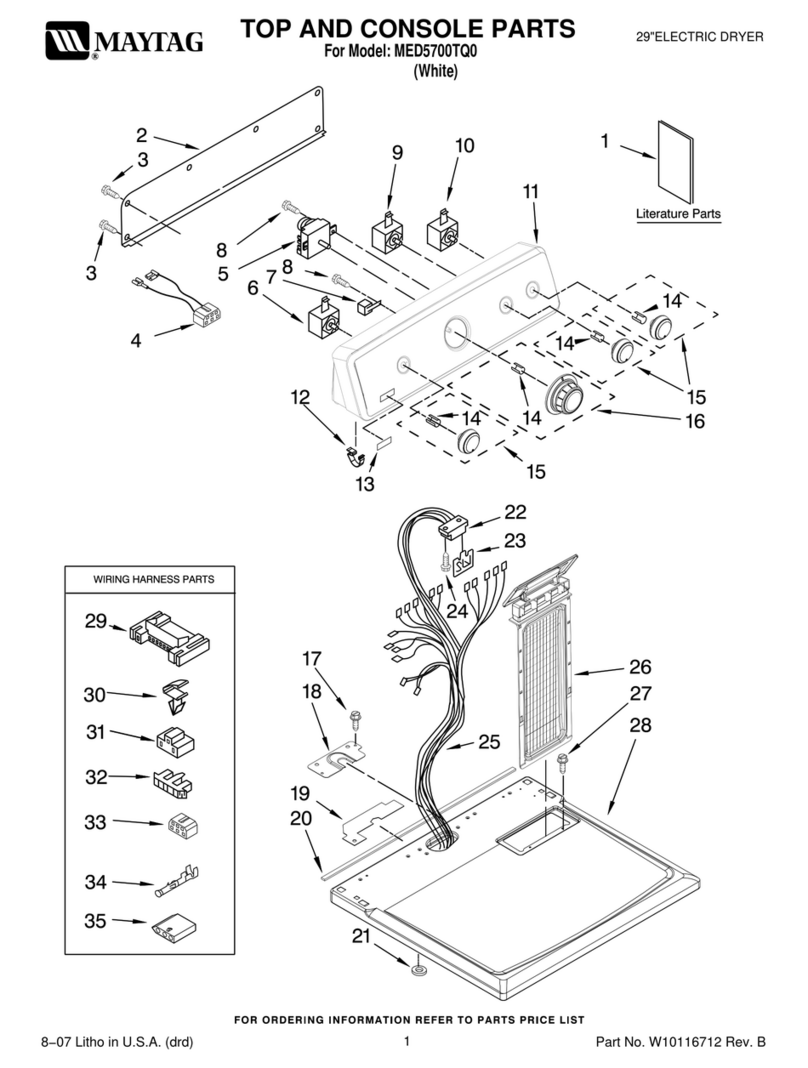
Maytag
Maytag MED5700TQ0 User manual
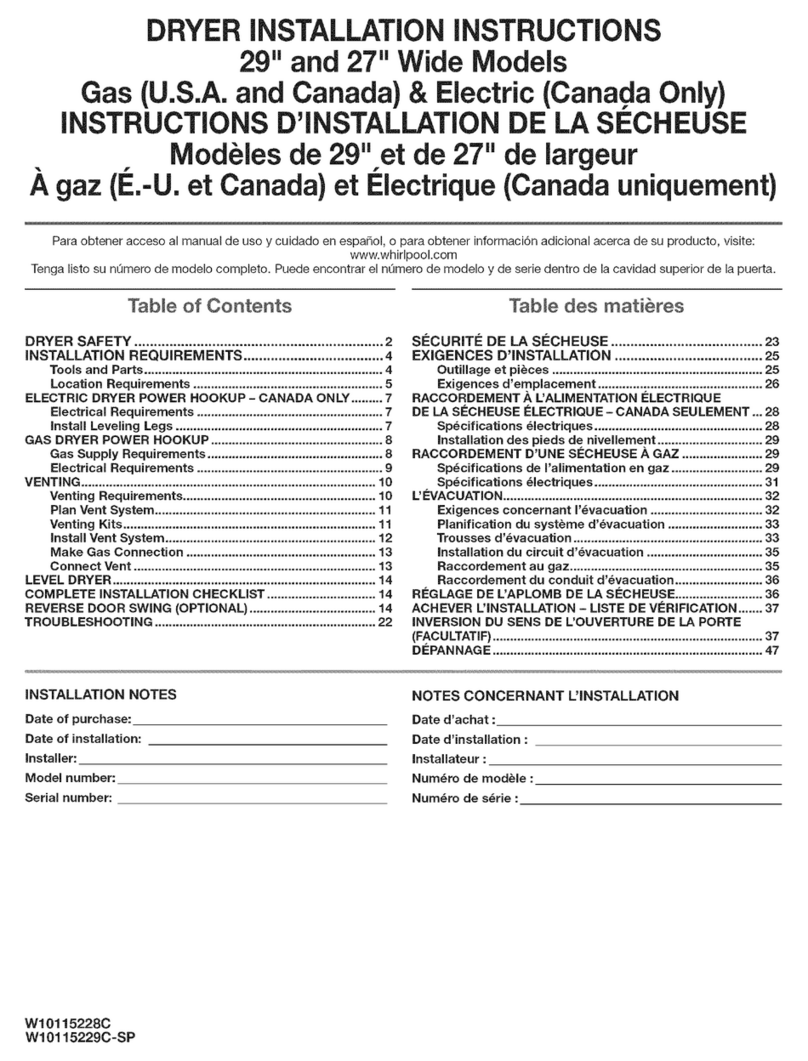
Maytag
Maytag YMEDX700AG0 User manual
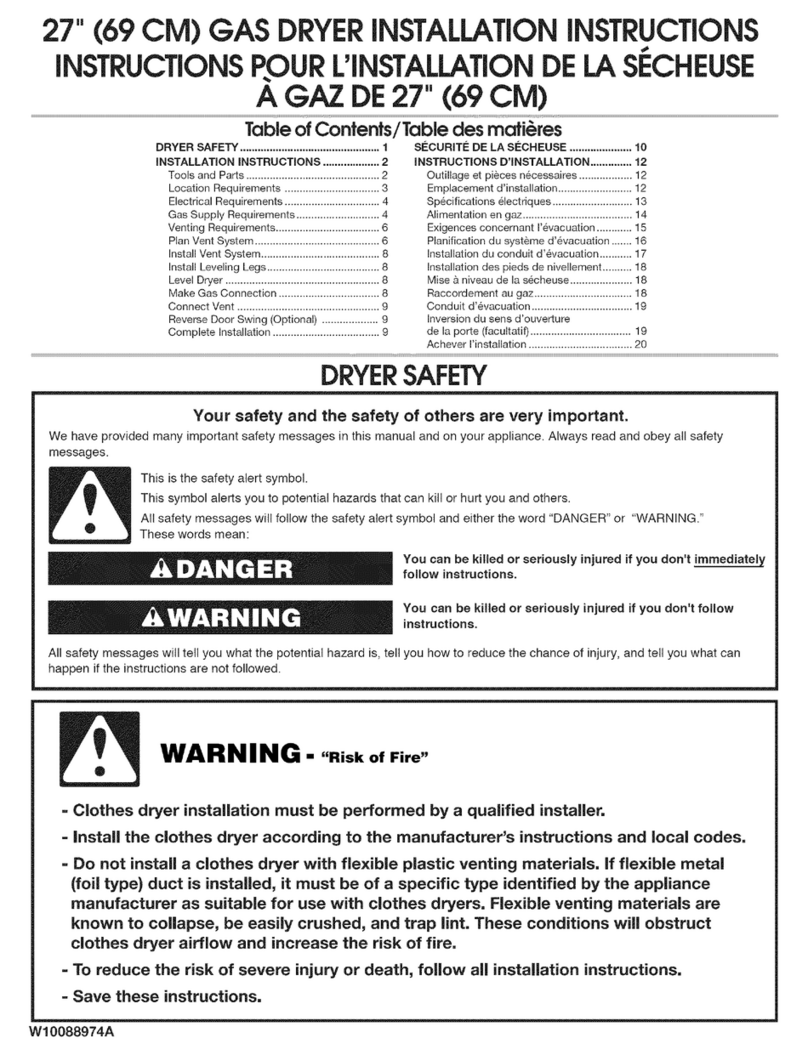
Maytag
Maytag MGDC700VW - Centennial Gas Dryer User manual

Maytag
Maytag MEDC500VW - Centennial Series 29 Inch Electric... User manual
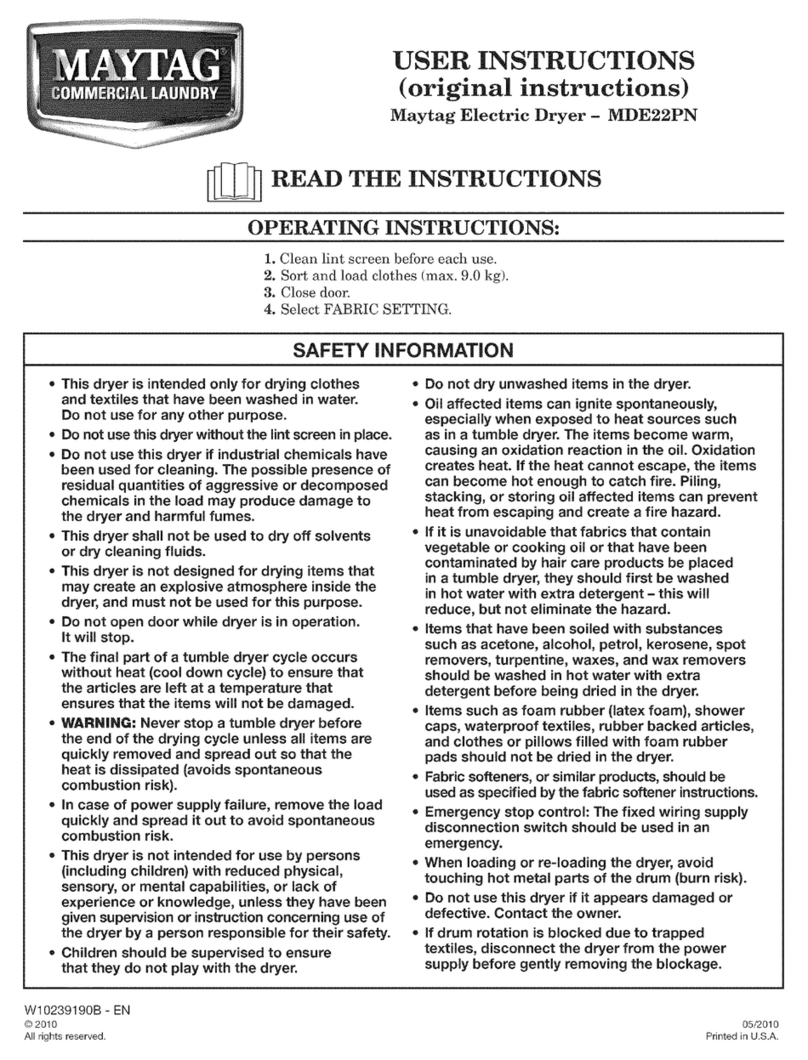
Maytag
Maytag MDE22PN User manual
Popular Dryer manuals by other brands

Alliance Laundry Systems
Alliance Laundry Systems TMB795C Installation

Asko
Asko T793C operating instructions

Kenmore
Kenmore 8041 - 5.8 cu. Ft. Capacity Electric Dryer installation instructions

Frigidaire
Frigidaire CAQE7077KW0 use & care

Bosch
Bosch WTX8HKM9SN User manual and installation instructions

Sharp
Sharp KD-NHH9S7GW2-PL user manual

